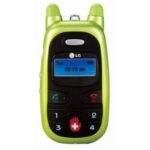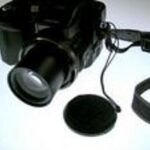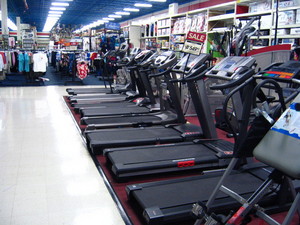In today’s digital age, videos can be shot and put online from something as small as a cell phone, but many film classes and film enthusiasts still support the use of Super 8 film. Super 8 film is hard to find and a camera may be harder, but the results can look pretty impressive. With a little patience you could have your own Super 8 film.
Buying a camera
Super 8 cameras are not available at local stores like Wal-Mart and Target. They are almost exclusively available online, but searching through flea markets and yard sales may help you come across one. Depending on the condition and brand, the prices will vary, but make sure that the camera you are purchasing is in good working condition.
Read online auctions carefully because you do not want to end up spending money on a broken camera. If in person, test out the camera to see if it’s in good working order.
Buying Tapes
Tapes can also be found online. Kodak has stopped producing them, but still have some available in stock. A 50ft cartridge costs around fifteen to twenty dollars, but some websites will offer free development with the purchase of a tape. Check local video camera stores or small production companies that may have extra Super 8 tape.
Setting Up
Once you have your Super 8 camera, play around with it for a while to learn all of its functions. See how the trigger works, play with the zooms and practice taking shots while looking through the eye piece. Place the tape in correctly so that there are not tracking errors. Connect an audio capture device as most Super 8 cameras do not capture audio themselves.
Filming
Once you are ready to begin taping, tape a few seconds of nothing so that the first scene is not cut off. Rehearse scenes a couple of times because the film is expensive and can go quick, so you do not want to waste it. 50 feet
of film is about four mintues of taping, so a longer video can go up in price quick. You want to make sure that you are ready to shoot. If possible, tape test scenes with an inexpensive camcorder or a digital camera with a movie function first.
One of the downfalls of shooting in film is the immediate playback is not available, so having patience while shooting is key. View the scenes in your head and look through the eye piece to see how they will come out on camera.
To avoid shakiness in shots, unless that is an effect you want, try using a tripod when you are taping all of the scenes. This will stabilize the shots and make the film look even more professional.
Developing
Once all your film is shot, it is time to find a lab to develop the film. One of the cheapest ways to do this is the A1 Film Lab in New York City. They offer great rates and student discounts, and will even put the footage on DVD.
Return time is quick and perfect for student projects that have a deadline.






